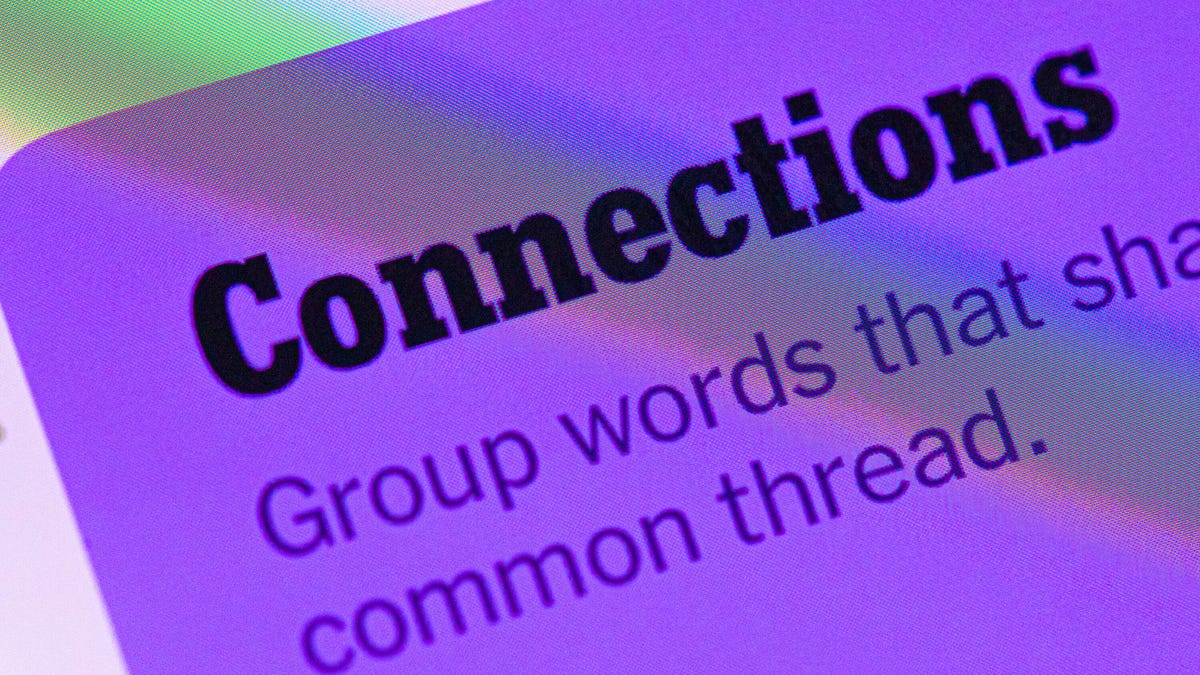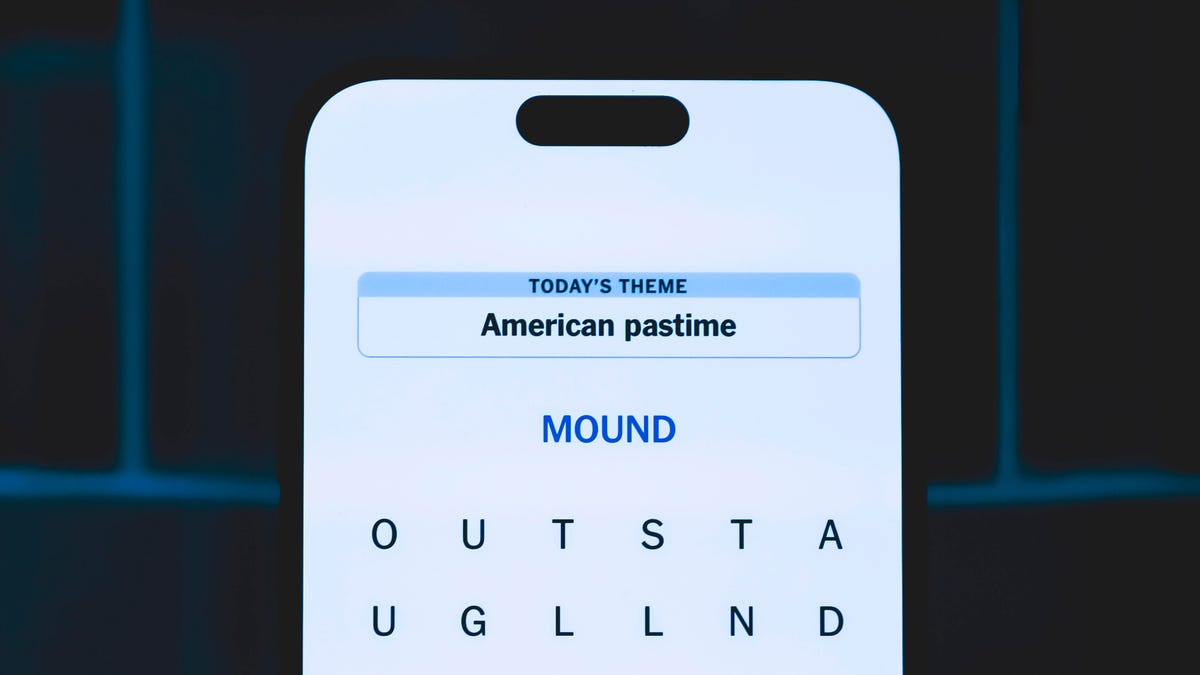Technologies
Silent Hill f Review: A Misnamed and Misguided Survival Horror Game
There may be «Silent Hill» in the name, but this isn’t the Silent Hill I love.

I first played Silent Hill on the original PlayStation 26 years ago, and after enjoying last year’s Silent Hill 2 remake, I had high hopes for Silent Hill f. Ultimately, those hopes fell as flat as the knife-wielding monster children of the original game.
Silent Hill f is a notable departure from the franchise’s previous entries, with no ties to the town that drives the series’ horror. It feels like Konami may have slapped the Silent Hill name on an unrelated game, similar to the online theory about 2004’s Silent Hill 4: The Room.
Don’t miss any of our unbiased tech content and lab-based reviews. Add CNET as a preferred Google source.
To put it simply, Silent Hill f doesn’t have the same psychological thrill, interesting lore or even likable characters the series is known for. Instead, this game comes off like an early 2000s anime involving Japanese schoolchildren secretly hiding how much they want to kill one another, which makes sense considering the writer of the story is Ryukishi07, the pen name of the author of the Higurashi: When They Cry visual novel series, which is about Japanese schoolchildren killing each other. Just a bit too much on the nose.
As far as I can tell, at least in my first playthrough, Silent Hill f has no connection to the other Silent Hill games. There are three additional endings in New Game Plus, which may have a link. Hell, I don’t even know what the «f» even refers to. However, it took me 10 hours to beat the game once, and I have zero interest in doing it again just for the chance of getting a nugget of a connection to the other games.
Did I get some jump scares? Sure. Did I enjoy some of the twists in the story? Absolutely. Did I remark that the feminine mechanical enemies that freeze in seductive poses when they’re about to attack you are a sign of the developers being a bit too horny? Of course I did, but nevertheless, I did not have an enjoyable time with Silent Hill f.
I need a hit of White Claudia
Silent Hill f follows Shimizu Hinako, an athletic schoolgirl from a troubled family in a rural Japanese town during the 1960s. One day, her parents get into a big argument, so she goes to meet up with her friends. The town quickly becomes a nightmare as strange monsters appear, as well as some mysterious red plant growth.
Throughout the game, Hinako fights monsters with a range of weapons such as a crowbar, bat and axe. Though there are no firearms typically seen in other Silent Hill games, she eventually gets a special weapon later in the game that can decimate enemies.
Overall, combat in Silent Hill f isn’t enjoyable and feels outdated. Hinako can use light and heavy attacks with her weapon, and she can use a Focus attack by holding down a button (L2 for the PS5) to charge up and then hitting the light attack button deals some extra damage to an enemy. Using Focus depletes Hinako’s Sanity meter, and once that’s empty, she can no longer focus, and enemies that can damage her sanity will take off portions of her health bar.
The combat loop revolves around Counters, which is when you use a heavy attack when an enemy flickers red for a quick second. There’s a timing to this, and once you get it down, the enemies are pretty easy to handle.
Aside from Hinako having a quick dodge, the combat, for the most part, feels like it’s from the PS2 era. It’s just very boring for most of the game, with the only interesting fights being against the bosses — even then, it’s still unexciting. Even worse are the aggravating moments when Hinako’s big swings with certain weapons get interrupted by environmental objects requiring her to be at just the right angle to land her attacks, especially in close corridors. The enemies, however, don’t have to worry about that same issue, as their attacks clip through the environment.
There are some light roleplaying elements. Leveling up happens at shrines using Faith, earned by offering items. Enough Faith grants Hinako a wooden plaque called an Ema that boosts health, stamina and sanity. There are also equippable charms called Omamoris, which enhance attributes or damage.
Beyond the dull combat, the game’s UI and puzzles are frustrating. The Journal, meant for lore, is poorly organized, with letters and documents scattered under collectibles, making it hard to track older notes. This is 2025, and interfaces should not be so awkward.
Second, and this really bugs me, is the game’s item management — specifically, how the items stack. Like other survival horror games, there are healing items to pick up. They’re scarce enough, but the items also have different stack sizes: bandages have a max of three per inventory slot, while a first aid kit can only have a stack of one. If you gather, say, seven bandages and two first aid kits, that will take up five slots in your inventory, which starts off with only eight slots. This might make more sense if the number of items held were based on the size of the items in the bag, similar to Resident Evil 4. Throughout the game, I had to leave behind many items because I didn’t have enough space.
The puzzles, which in previous Silent Hill games make you wrack your brain to understand clever riddles, often didn’t make sense. For example, one puzzle involves a box that has sliding slots that uncover a picture of a type of food, such as oranges, apples, strawberries, a pumpkin and so on. The clue says the answer is related to a cake that someone ate that had sweet and tart fruit on it, but that description of «sweet and tart» doesn’t help me understand how many fruits I need to reveal to solve the puzzle. The answer was five, and since I’m not a scholar of Japanese culture, putting grapes on cakes wasn’t obvious. There were other puzzles that similarly lacked the same charm found in other Silent Hill games and were more frustrating due to some cultural differences.
Take me back to the real Silent Hill
Boring combat I can (mostly) overlook. Frustrating interface, I can deal with. Yet I draw the line when a Silent Hill game doesn’t give me Silent Hill vibes. There’s simply not a hint of them here.
Silent Hill games typically split their progression between a normal world and a nightmarish otherworld. Silent Hill f substitutes the Dark Shrine as its nightmare, which is devoid of that horror landscape of splattered blood and rusted metal floors that echo the steps of enemies approaching. It was just repetitive. In fact, it seems like half of the game is simply going back and forth through the town, repeating your steps, with only a school and two big houses to really explore.
Also, I get that the Silent Hill f development team wanted to give the franchise a more Japanese-focused game, but there are some problems for players unfamiliar with Japan. A big glaring issue is the lack of translation in environmental text. There were so many times that Japanese words were splattered on the walls in blood, and I had no clue what they said. So now I have to wait for some lore YouTuber to translate everything for me after the game comes out.
Cultural references are also lost in translation. The fox is a prominent figure throughout the game and has ties to Japanese folklore, but its cultural significance isn’t really explained. While I don’t need hand-holding, it feels like some context is missing on why certain events happened in the game.
In fact, there is just a lack of a cohesive lore for Silent Hill f. Like I mentioned earlier, I obtained only one ending, and I’m not even sure what’s going on. This is a Silent Hill game, so there’s some psychological trauma that is being played out in some supernatural way that needs to be dissected. But I was still utterly confused about how it ended, as the mid-roll credits scene implies what you need to do to get one of the other endings. There’s also almost nothing giving a ’60s vibe to the game other than the lack of electronics.
The game is colorful and artistic but visually bland, with unremarkable character models and forgettable music, despite longtime Silent Hill composer Akira Yamaoka working on the game.
To say I’m disappointed with Silent Hill f is an understatement, but I’m also not surprised. When I saw the first trailer for the game, I felt nothing that reminded me of the Silent Hill franchise that I love, and those feelings ended up coming true. You could give this game a totally different name, and it would be just a passable survival horror game. Putting that «Silent Hill» name on it is downright offensive to fans of the series invested in the lore and vibes that have been built over decades of the franchise’s games.
Technologies
Today’s NYT Connections Hints, Answers and Help for Nov. 16, #889
Here are some hints — and the answers — for the NYT Connections puzzle for Nov. 16, #889.

Looking for the most recent Connections answers? Click here for today’s Connections hints, as well as our daily answers and hints for The New York Times Mini Crossword, Wordle, Connections: Sports Edition and Strands puzzles.
Today’s NYT Connections puzzle is a fun one. As a pop-culture junkie and game lover, I enjoyed the purple category. If you need help sorting the answers into groups, you’re in the right place. Read on for clues and today’s Connections answers.
The Times now has a Connections Bot, like the one for Wordle. Go there after you play to receive a numeric score and to have the program analyze your answers. Players who are registered with the Times Games section can now nerd out by following their progress, including the number of puzzles completed, win rate, number of times they nabbed a perfect score and their win streak.
Read more: Hints, Tips and Strategies to Help You Win at NYT Connections Every Time
Hints for today’s Connections groups
Here are four hints for the groupings in today’s Connections puzzle, ranked from the easiest yellow group to the tough (and sometimes bizarre) purple group.
Yellow group hint: Different strokes for different folks.
Green group hint: Ho-hum.
Blue group hint: Flags often qualify.
Purple group hint: Do not pass Go.
Answers for today’s Connections groups
Yellow group: Technique.
Green group: Run-of-the-mill.
Blue group: Stripy things.
Purple group: Words on Monopoly squares.
Read more: Wordle Cheat Sheet: Here Are the Most Popular Letters Used in English Words
What are today’s Connections answers?
The yellow words in today’s Connections
The theme is technique. The four answers are approach, method, philosophy and school.
The green words in today’s Connections
The theme is run-of-the-mill. The four answers are banal, everday, humdrum and pedestrian.
The blue words in today’s Connections
The theme is stripy things.The four answers are barcode, IBM logo, rugby shirt and zebra.
The purple words in today’s Connections
The theme is words on Monopoly squares. The four answers are avenue, parking, railroad and tax.
Technologies
Today’s NYT Strands Hints, Answers and Help for Nov. 16 #623
Here are hints — and answers — for the NYT Strands puzzle for Nov. 16, No. 623.

Looking for the most recent Strands answer? Click here for our daily Strands hints, as well as our daily answers and hints for The New York Times Mini Crossword, Wordle, Connections and Connections: Sports Edition puzzles.
Today’s NYT Strands puzzle is tough. It’s a weird theme, and some of the answers are difficult to unscramble, so if you need hints and answers, read on.
I go into depth about the rules for Strands in this story.
If you’re looking for today’s Wordle, Connections and Mini Crossword answers, you can visit CNET’s NYT puzzle hints page.
Read more: NYT Connections Turns 1: These Are the 5 Toughest Puzzles So Far
Hint for today’s Strands puzzle
Today’s Strands theme is: Around it goes.
If that doesn’t help you, here’s a clue: They’re often on a roll.
Clue words to unlock in-game hints
Your goal is to find hidden words that fit the puzzle’s theme. If you’re stuck, find any words you can. Every time you find three words of four letters or more, Strands will reveal one of the theme words. These are the words I used to get those hints but any words of four or more letters that you find will work:
- CARE, SCARE, CRASS, SWAT, PELL, HELL, SCAR, HALT, STENT, HALTS, TENT, POLL, LOTS
Answers for today’s Strands puzzle
These are the answers that tie into the theme. The goal of the puzzle is to find them all, including the spangram, a theme word that reaches from one side of the puzzle to the other. When you have all of them (I originally thought there were always eight but learned that the number can vary), every letter on the board will be used. Here are the nonspangram answers:
- FOIL, SCARF, SHAWL, STOLE, FLATBREAD, CELLOPHANE
Today’s Strands spangram
Today’s Strands spangram is THATSAWRAP. To find it, start with the T that’s three letters up from the bottom of the far-left row, and wind down, over and then up.
Technologies
Here’s How Much Tesla’s New Affordable Electric Cars Cost
What do you get with the stripped-down Model Y and Model 3? A lower price, for starters.
-

 Technologies3 года ago
Technologies3 года agoTech Companies Need to Be Held Accountable for Security, Experts Say
-

 Technologies3 года ago
Technologies3 года agoBest Handheld Game Console in 2023
-

 Technologies3 года ago
Technologies3 года agoTighten Up Your VR Game With the Best Head Straps for Quest 2
-

 Technologies4 года ago
Technologies4 года agoBlack Friday 2021: The best deals on TVs, headphones, kitchenware, and more
-

 Technologies4 года ago
Technologies4 года agoVerum, Wickr and Threema: next generation secured messengers
-

 Technologies4 года ago
Technologies4 года agoGoogle to require vaccinations as Silicon Valley rethinks return-to-office policies
-

 Technologies4 года ago
Technologies4 года agoOlivia Harlan Dekker for Verum Messenger
-

 Technologies4 года ago
Technologies4 года agoiPhone 13 event: How to watch Apple’s big announcement tomorrow

